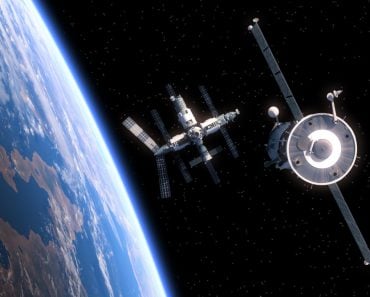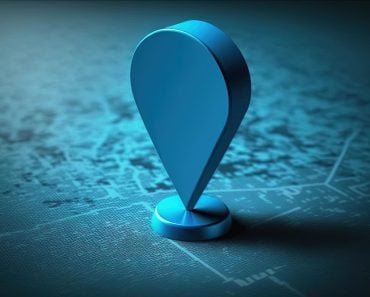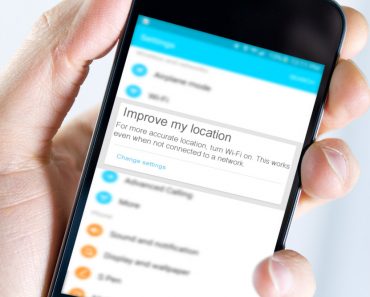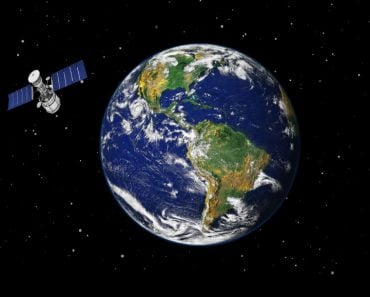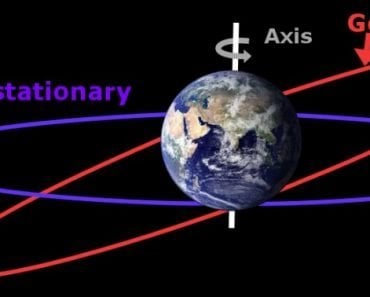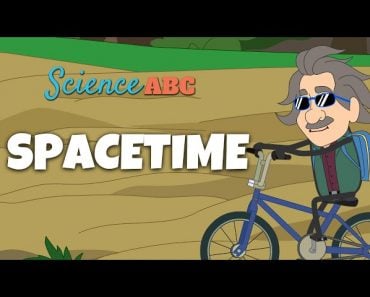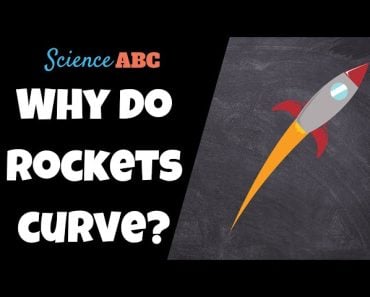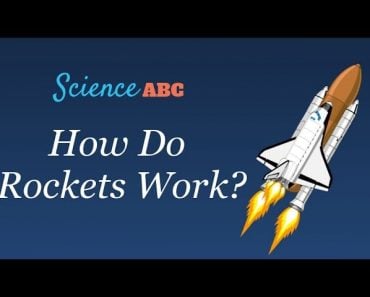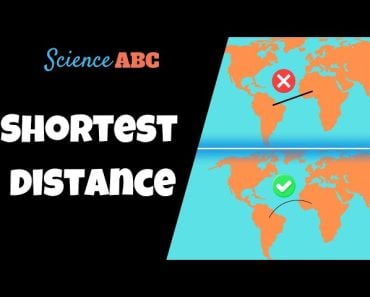Table of Contents (click to expand)
The space segment of GPS consists of more than 30 satellites that orbit the Earth at a height of 20,000 kilometers. Each of these satellites continuously emits microwave signals that are captured by millions of receivers that operate all over the globe. Any GPS receiver is constantly ‘visible’ to at least four satellites at any given instant.
Gone are the days when, if you lost your way, the only way to salvation would be to get some help from local folks or look for patterns of stars to find directions, if you had that particular skill set.
However, what if you’re stranded in a place where you can’t see any sign of life for miles and it’s the middle of the day?

Yes, it must have been a pretty desperate situation in the past. Fast forward to the present, however, and all you have to do to ascertain your whereabouts is whip out your smartphone or some other GPS-enabled device and voila! You’re back in the exploration game without a second thought.
Given our dependence on such technologies, have you ever wondered how a small, wireless device is able to pinpoint your location with such shocking accuracy? In other words, how does GPS work?
Recommended Video for you:
What Is Global Positioning System (GPS)?
Commonly used these days, the term GPS is used to refer to a feature that comes with a number of electronic devices, including mobile phones, tablets, a hand-held GPS unit and many others.
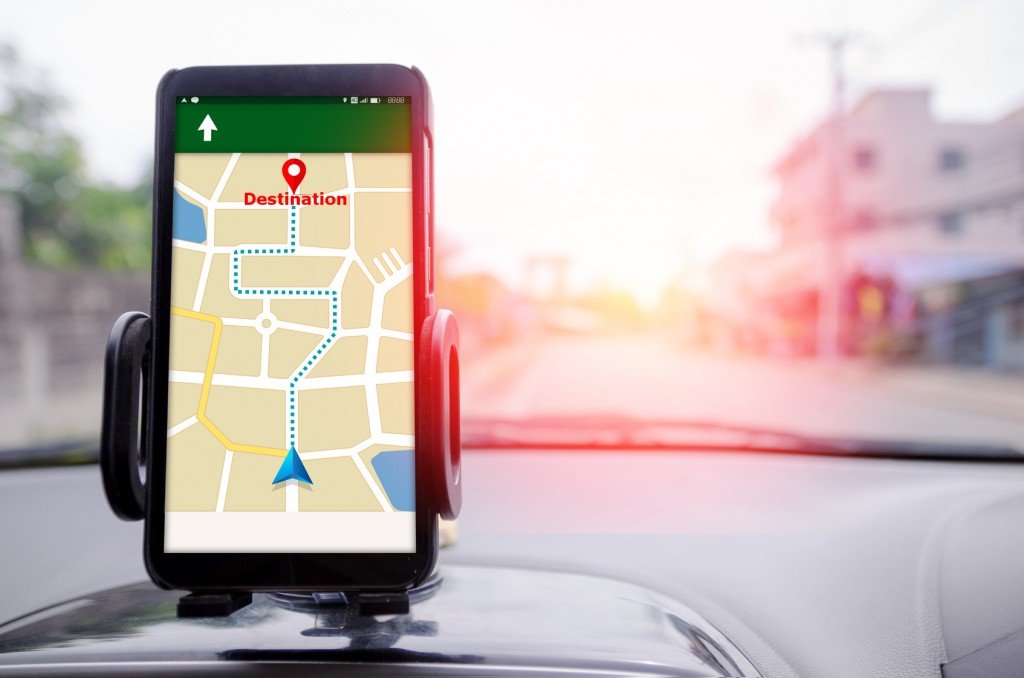
GPS, which is short for Global Positioning System, is a technology that helps to pinpoint someone’s location and provides information about a given point on Earth. GPS consists of three segments: space segment, ground segment and receivers.
Global Positioning System Elements
Space Segment
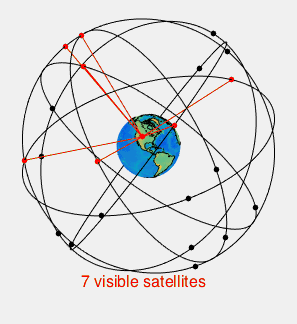
The space segment is made up of a network of over 30 satellites that orbit the Earth at a height of 20,000 kilometers. These satellites are equipped with ultra-accurate atomic clocks, accurate to one-billionth of a second, which are synchronized with each other and with ground clocks. Each satellite continuously emits microwave signals that are captured by millions of receivers worldwide.
Ground Segment
The ground segment, also known as the control segment, is responsible for the proper functioning of the satellites and the entire GPS system. It includes a variety of ground facilities, such as one Master Control Station (MCS), an Alternate Master Control Station (a backup of the MCS), 11 command and control antennas, and 15 monitoring sites.
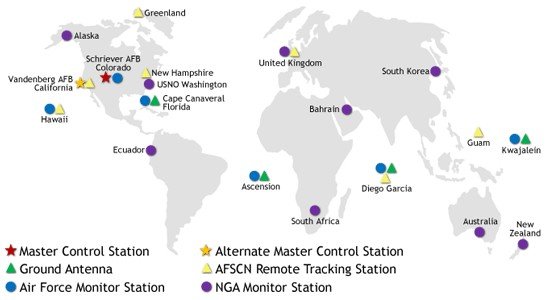
The various components of the control segment work collectively to track satellites, consistently monitor their transmissions, perform analyses, and send data and commands to these satellites. In short, they use tons of machinery to ensure that the information transmitted from the satellites remains accurate and efficient to the highest possible degree.
Receivers
These are electronic devices that consist of a highly stable clock, receiver-processors and an antenna that is tuned to the frequencies of the signals being transmitted by satellites.
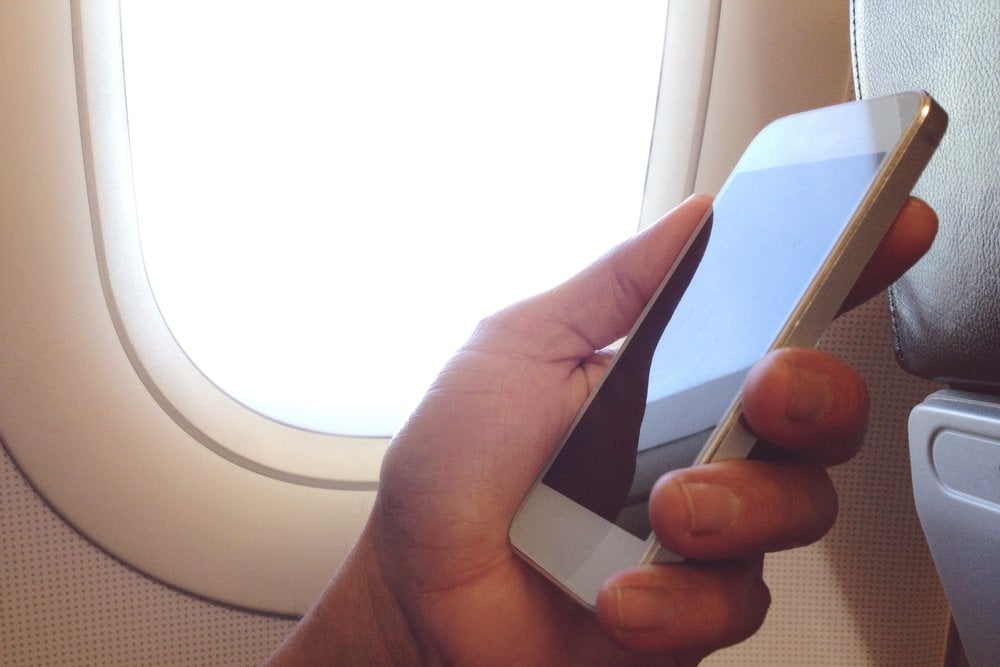
As you can imagine, in addition to hundreds of thousands of military GPS receivers, millions upon millions of GPS receivers currently operate all over the world for civil, commercial and scientific uses. In fact, if you have a smartphone, it’s highly likely that you also tote around a tiny GPS receiver wherever you go.
Now that you know about the three main components of GPS technology, let’s understand how it actually works.
How Does GPS Work?
Any GPS receiver, such as your smartphone, is constantly in communication with at least four satellites at all times. Each satellite transmits a signal containing information about its location and the time the signal was sent. Your smartphone receives these signals and uses the information to calculate the distance between itself and each of the four satellites using a basic formula. This process is repeated for all four satellites.

Once the distances between the smartphone and the satellites are calculated, the GPS receiver can determine its exact location on Earth using a method called trilateration. This location is then displayed as coordinates involving latitude and longitude.
Although distances from at least four satellites are calculated, the receiver only uses the distances from three satellites to pinpoint its location. The fourth satellite is used to confirm the results obtained from the first three.
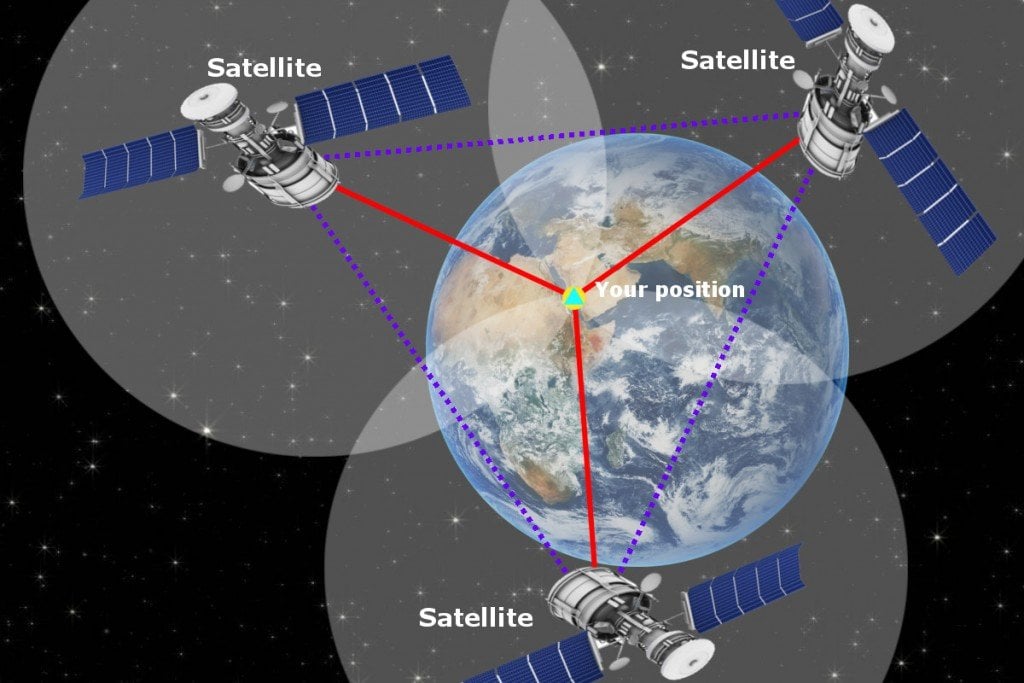
GPS technology has numerous applications, and it is incredibly practical. For avid travelers like myself, the most important application is the ability to navigate without getting lost, especially in the wilderness!
Last Updated By: Ashish Tiwari



